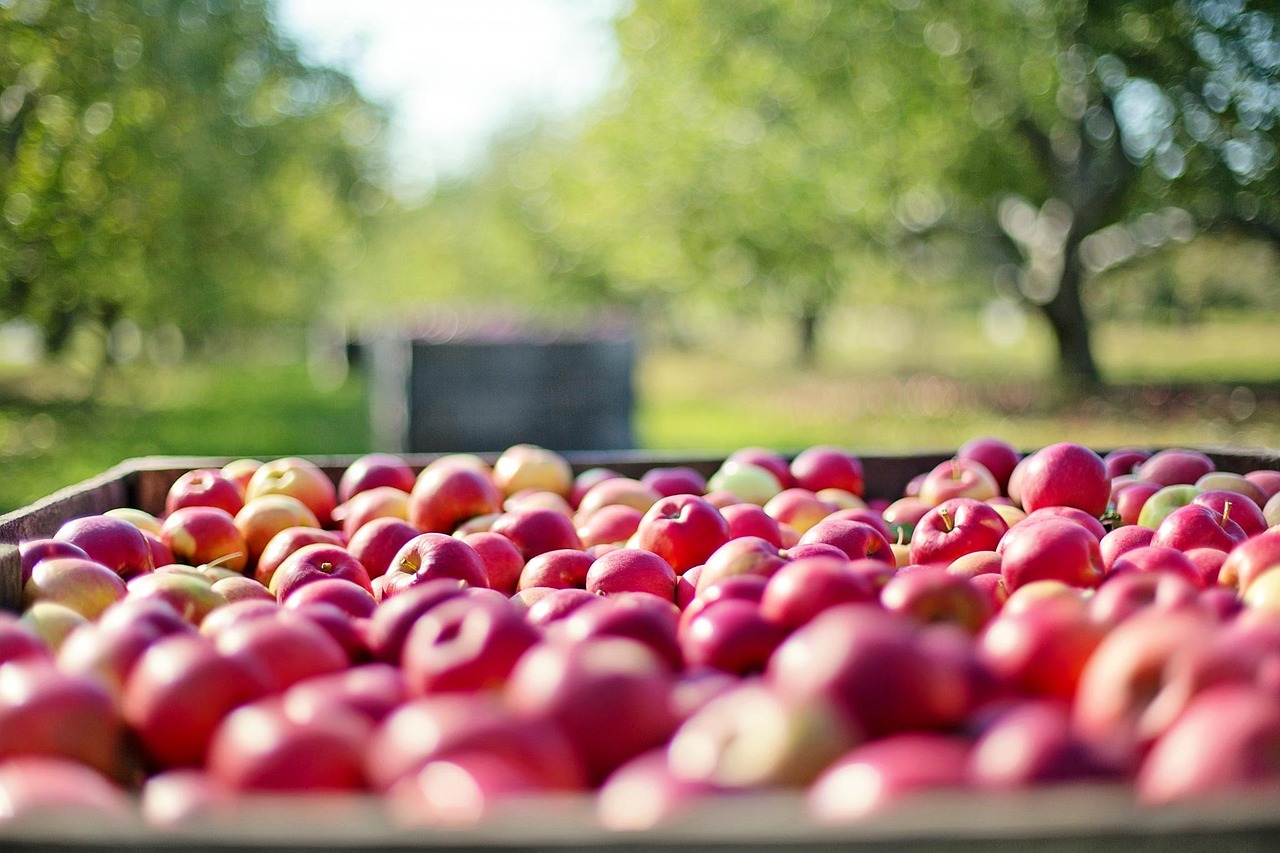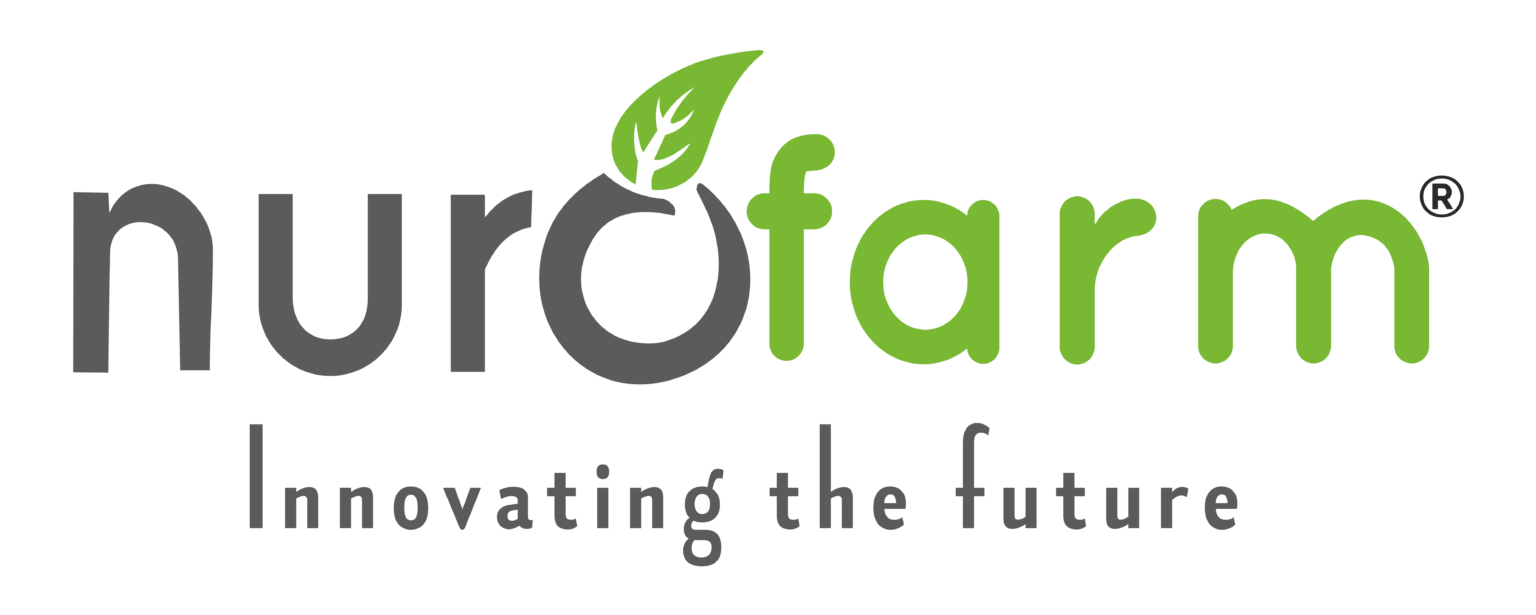Summer Apple Orchard Care Checklist: Seasonal Tasks for a Productive Apple Harvest

July is a pivotal month in the apple growing calendar. As summer temperatures peak, apple trees are in the midst of fruit development, and timely orchard care can directly impact fruit size, quality, and overall yield. For commercial orchardists and home growers alike, summer maintenance is not just beneficial but essential. This comprehensive guide outlines the most important summer tasks for apple tree care during July, from irrigation and mowing to fruit thinning and pruning.
Whether you manage a large orchard or a backyard grove, the practices outlined here will help you optimize tree health and fruit production through the hottest part of the season.
Why Summer Maintenance Matters in Apple Orchards
Apple trees undergo rapid physiological changes in summer. They are actively growing, developing fruit, and managing water stress due to increased temperatures. Neglecting orchard care during this time can lead to undersized or poorly colored apples, pest outbreaks, and long-term damage to tree vigor.
Effective summer maintenance supports:
- Optimal fruit sizing and color
- Balanced tree structure
- Pest and disease control
- Better air circulation and light penetration
- Strong root system health
As growers look to secure a productive harvest, midsummer tasks take on heightened importance. The following checklist provides a structured approach to apple tree summer care, particularly in July.
1. Irrigation: Keep Trees Hydrated Without Overwatering
Water management is one of the most critical components of apple orchard success during July. Insufficient irrigation can cause fruit drop, poor sizing, and long-term stress to the trees.
Establishing a Reliable Irrigation Routine
Apple trees typically require one to two inches of water per week during the peak summer season. However, the amount can vary depending on soil type, tree age, and weather patterns.
- Sandy soils drain faster and require more frequent watering
- Clay soils hold moisture longer but must be monitored to avoid waterlogging
Irrigate early in the morning to allow water absorption before the heat of the day increases evaporation. Late-day watering can promote disease due to overnight moisture on leaves and fruit.
Best Practices for Irrigation
- Use drip irrigation or micro-sprinklers to ensure water reaches the root zone
- Avoid overhead sprinklers that increase humidity and disease risk
- Monitor soil moisture to a depth of at least 12 inches using a soil probe or moisture sensor
- Adjust irrigation frequency based on rainfall and evapotranspiration rates
2. Mowing and Orchard Floor Management
A well-maintained orchard floor supports better air circulation, improves access for harvest equipment, and minimizes pest habitats. Tall grass and weeds can compete with apple trees for moisture and nutrients during dry periods.
Recommended Orchard Floor Maintenance
- Mow grass between tree rows regularly to a height of 3 to 5 inches
- Keep the immediate area around the tree base clear of weeds
- Use organic mulch where appropriate to conserve soil moisture and suppress weed growth
- Monitor for rodent activity which can increase under heavy vegetation
A clean orchard floor also facilitates easier inspection of fallen fruit, pest activity, or irrigation issues.
3. Fruit Thinning: Improve Size and Prevent Overload
Thinning is the process of removing excess fruit to allow the remaining apples to develop properly. It is particularly important in July when fruit is already formed and beginning to size up.
Why Thinning Matters
- Prevents limb breakage due to heavy fruit load
- Ensures better air circulation within the canopy
- Promotes uniform ripening and color development
- Reduces alternate bearing (a heavy crop one year followed by a light crop)
How to Thin Apple Trees in Summer
- Aim to leave one fruit per cluster and space fruit 6 to 8 inches apart along each branch
- Remove small, damaged, or poorly placed apples
- Thinning should be completed by mid-July to allow enough time for remaining fruit to size
4. Summer Pruning: Balance Tree Vigor and Light Penetration
While most pruning is done during the dormant season, summer pruning has strategic benefits for managing vegetative growth and improving fruit quality.
Benefits of Summer Pruning
- Enhances light penetration to fruiting wood, improving color and sugar development
- Controls excessive shoot growth that can divert energy from fruit
- Improves airflow, reducing humidity and the risk of fungal diseases
- Encourages flower bud development for the following season
Best Practices for Summer Pruning Apple Trees
- Focus on removing water sprouts, vertical shoots, and inward-growing branches
- Use sharp, sanitized tools to make clean cuts
- Avoid removing more than 10 to 15 percent of the canopy during summer
- Prune in dry weather to reduce the risk of disease entry through pruning wounds
Summer pruning should be done with restraint. Over-pruning during active growth can lead to sunburn on exposed fruit or reduce overall photosynthetic capacity.
5. Pest and Disease Monitoring and Control
Warm temperatures and increased humidity during July can accelerate pest and disease pressure in apple orchards. Integrated pest management (IPM) is essential to minimize chemical input while effectively controlling threats.
Key Pests to Watch in Summer
- Codling moth: Monitor using pheromone traps and apply targeted controls as needed
- Apple maggot: Use sticky red sphere traps to detect adult flies
- Spider mites and aphids: Inspect leaves for stippling, curling, or webbing
- San Jose scale: Check for red halos on fruit or tiny scales on bark
Common Diseases in July
- Powdery mildew
- Apple scab
- Fire blight (in late bloom or secondary infection)
- Sooty blotch and flyspeck
IPM Strategies for July
- Rotate insecticides to prevent resistance buildup
- Use fungicides only as needed based on disease risk models
- Encourage beneficial insects through habitat management
- Remove fallen fruit and prune infected limbs promptly
Keeping detailed pest monitoring records will help refine your control strategies year to year.
6. Nutrient Monitoring and Foliar Sprays
During fruit development, apple trees may benefit from supplemental foliar feeding, especially in soils with known deficiencies.
Common Foliar Nutrients Used in Summer
- Calcium to prevent bitter pit
- Boron and zinc for fruit set and size
- Magnesium for chlorophyll production
Conduct a leaf analysis to determine deficiencies before applying foliar fertilizers. Apply sprays early in the day and avoid application during high heat to minimize leaf burn.
7. Canopy Management and Sunburn Prevention
Excessive leaf removal or exposure of fruit can lead to sunburn, especially on the southwest side of trees. This condition not only affects appearance but can cause cell damage and rot.
Tips to Prevent Sunburn
- Avoid heavy pruning that exposes inner canopy fruit
- Maintain a balanced leaf-to-fruit ratio
- Use shade nets in high-risk areas if necessary
- Apply sunburn protectants if temperatures are consistently above 95°F
8. Harvest Readiness and Record Keeping
While harvest may still be several weeks away, July is a good time to begin observing fruit maturity and preparing your harvesting plan.
Early Indicators of Harvest Timing
- Fruit size approaching variety average
- Seed darkening
- Change in ground color (base color of the apple)
- Starch iodine tests if applicable
Maintain detailed notes on irrigation, thinning, pest control, and weather conditions. These records will provide valuable insights when planning for future seasons and responding to challenges more effectively.
Conclusion
Effective apple tree summer care requires a proactive, disciplined approach. By following a structured checklist of July maintenance tasks — including consistent irrigation, fruit thinning, pruning, pest monitoring, and orchard floor management — growers can maximize fruit quality and tree health through the hottest months of the year.
For both small-scale growers and commercial orchard managers, these practices form the foundation of a successful apple harvest. With attention to timing and technique, your orchard can thrive through the challenges of summer and set the stage for an abundant yield in fall.
Support Your Orchard with Trusted Nutritional Solutions
At Nurofarm, we understand that healthy orchards start with the right nutrition. Our scientifically formulated range of fertilizers and micronutrients is designed to support apple tree health throughout the growing season.
From calcium-rich foliar sprays to balanced liquid nutrients for fruit development, Nurofarm products help growers achieve better yields, improved fruit quality, and more resilient trees.
Explore our orchard solutions at Nurofarm.com or contact our team to find the right summer care products for your apple trees.

